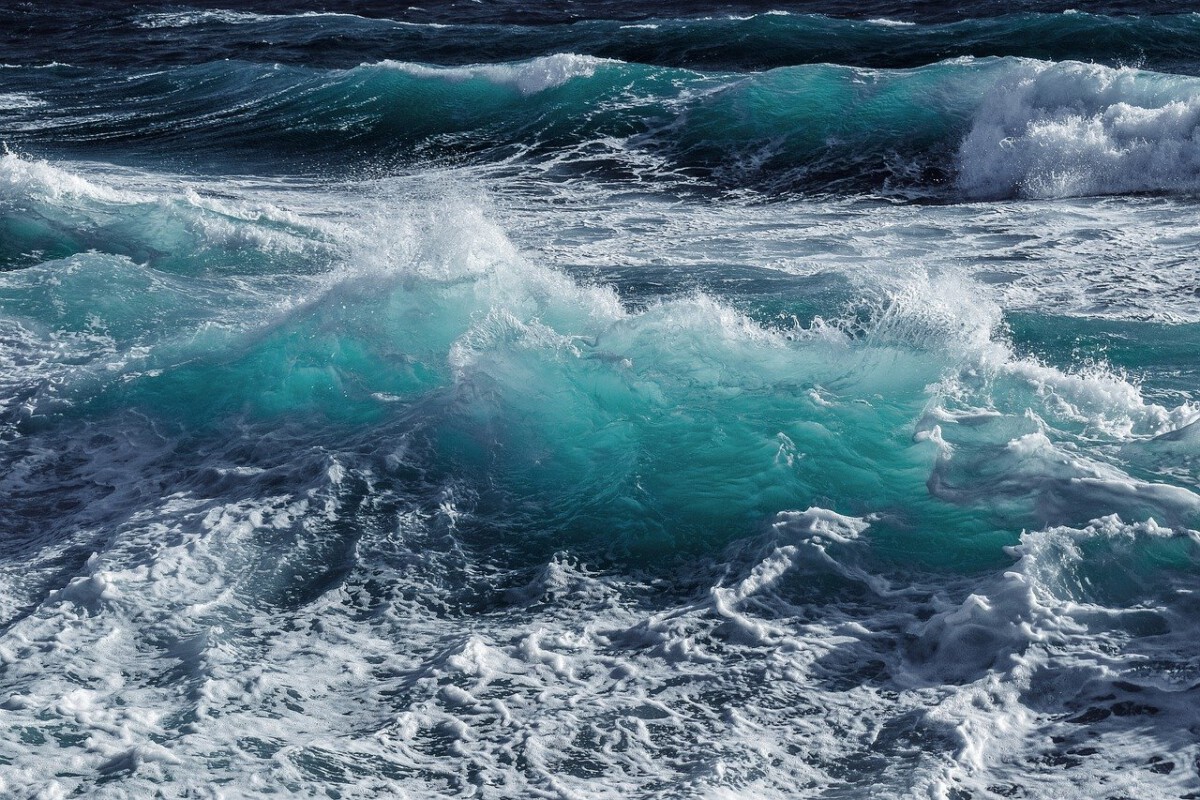Harnessing the Power of the Ocean: A New Frontier

In an unprecedented move, one U.S. state has ventured into the realm of ocean wave energy, marking a groundbreaking achievement. This endeavor is not just a testament to innovation but also a significant step towards sustainable energy solutions. The ocean, with its rhythmic and relentless waves, offers a vast and largely untapped energy potential. Unlike solar or wind, which depend on certain weather conditions, ocean waves are consistent, making them a reliable source of power. This new development could set a precedent for other states and countries to follow, potentially transforming the energy landscape on a global scale.
The State at the Forefront of Innovation

Oregon is leading the charge in this revolutionary energy transformation. Nestled along the Pacific Ocean, Oregon is perfectly positioned to leverage the power of its coastal waves. This initiative is spearheaded by the Oregon State University, where extensive research and development have paved the way for this pioneering achievement. By utilizing cutting-edge technology, Oregon is setting an example of how states can make use of their natural resources to generate clean energy. The state’s commitment to reducing its carbon footprint and moving towards renewable energy has made this project a reality.
How Ocean Wave Energy Works

The concept of generating energy from ocean waves might sound intricate, but the principle is straightforward. Wave energy converters are devices that capture the energy from ocean surface waves and convert it into electricity. These devices are typically anchored offshore and use the motion of the waves to drive turbines, generating electricity. The energy produced is then transmitted back to shore through underwater cables. This method of energy production is not only efficient but also environmentally friendly, as it does not produce harmful emissions or require large land areas.
The Benefits of Wave Energy

Wave energy presents numerous advantages that make it an attractive option for sustainable power generation. Firstly, it’s a renewable source, meaning it won’t deplete over time. Secondly, wave energy systems have a minimal environmental impact compared to fossil fuels. They don’t emit greenhouse gases, and their presence in the ocean has little effect on marine life. Additionally, wave energy is more predictable than wind or solar, providing a steady and reliable power supply. This predictability can greatly enhance energy security and reduce dependence on non-renewable sources.
Challenges in Harnessing Ocean Wave Energy

Despite its promising potential, harnessing wave energy comes with its own set of challenges. The ocean environment is harsh and unpredictable, posing risks to the machinery involved. Saltwater corrosion, storm damage, and marine life interactions are some of the hurdles that need to be overcome. Additionally, the initial investment for wave energy technology can be high, which may deter potential investors. However, as technology advances and more research is conducted, these challenges are becoming more manageable.
The Role of Technology and Innovation

Technology plays a crucial role in the success of ocean wave energy projects. Innovations in materials, design, and engineering are continuously improving the efficiency and durability of wave energy converters. Advanced monitoring systems are also being developed to ensure the smooth operation of these systems and minimize maintenance costs. By leveraging technology, researchers and engineers are able to address the challenges associated with wave energy and make it a viable option for large-scale power generation.
The Environmental Impact

One of the most significant advantages of wave energy is its minimal environmental impact. Unlike traditional power plants, wave energy systems do not emit pollutants or require the burning of fossil fuels. They operate quietly, without disturbing marine life or coastal communities. Furthermore, the space they occupy in the ocean is relatively small, preserving the natural beauty of the coastline. By reducing reliance on fossil fuels, wave energy can play a crucial role in mitigating climate change and protecting the environment for future generations.
The Economic Implications

The economic implications of wave energy are vast and promising. As more states and countries adopt wave energy, new job opportunities will emerge in research, engineering, and manufacturing. Additionally, by reducing dependence on imported fossil fuels, wave energy can enhance energy security and stabilize energy prices. The development of wave energy technology could also spur economic growth in coastal regions, attracting investment and boosting local economies.
Global Interest and Future Prospects

The success of Oregon’s wave energy project has garnered attention from around the world. Countries with extensive coastlines, such as the United Kingdom and Australia, are closely monitoring the developments in Oregon as they explore their own wave energy potential. With global energy demand on the rise, wave energy offers a sustainable solution that can complement other renewable sources like wind and solar. As technology continues to advance and costs decrease, the future prospects for wave energy are promising.
The Road Ahead for Ocean Wave Energy

As Oregon leads the way in ocean wave energy, other states and countries are likely to follow suit. The lessons learned from this pioneering project will provide valuable insights for future developments in the field. With continued research, investment, and collaboration, wave energy has the potential to become a major player in the global energy market. This U.S. first is just the beginning of a new era in renewable energy, where the power of the ocean is harnessed to create a cleaner, more sustainable future.






